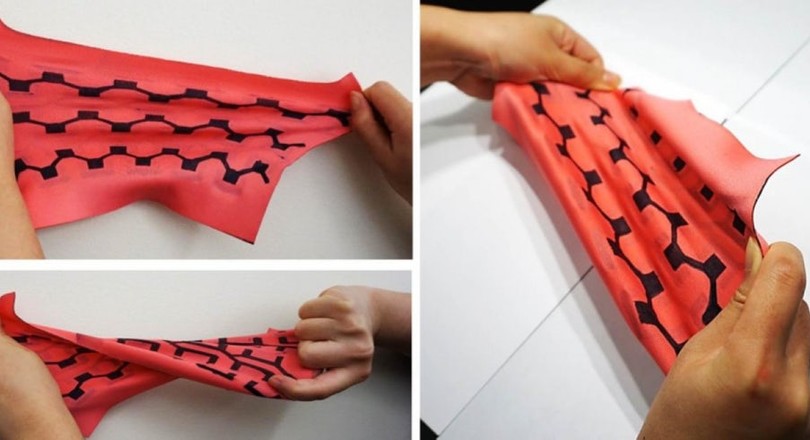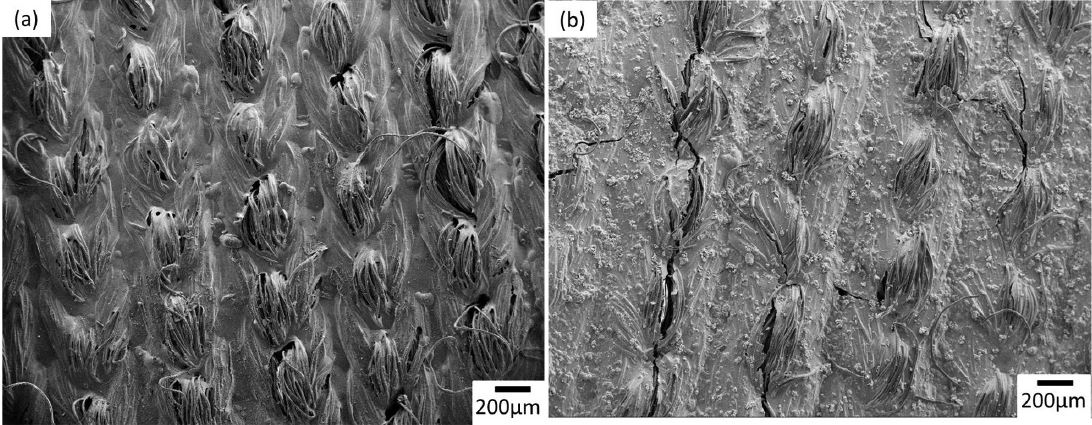
Researchers in the United States have managed to create an elastic textile that generates electricity without batteries. Thanks to microorganisms in the textile, which convert sweat or tears into electricity, power-generating garments are a step closer.
Principal researcher Seokheun Choi from the Binghamton University in the United States, had previously managed to make a textile that generates electricity via bacterial batteries. However, that textile was impractical: it had multiple layers that were very difficult to produce, and the power supply was not reliable. Now Choi says that he has solved many of the problems by incorporating all the technology in a single material.
He achieved this by placing the microbial anode on one side of the material and the cathode on the other. By way of hydrophobic demarcation, the microorganisms remain in position, and generate power via the textile layer using the salts found in the body's moisture.
Resistant to bending
Biological batteries have various benefits. Unlike 'ordinary' batteries, they're resistant to bending, stretching and other forms of mechanical force. And as long as someone is wearing the textile on their body, there is also fuel for the batteries. The micro-organisms use the available nutrients in the sweat that constantly escapes from our pores, to generate (electrical) power. The fact that the clothing has a constant source of power makes it distinct from material that works on solar energy, which is pretty useless in the evening or in winter.

Charging your telephone
The ultimate aim of this elastic textile is to supply energy with your clothing. And there are a multitude of applications for this. In the future, you'll never need to carry your power bank on you, as your shirt will generate enough energy to charge your telephone. However, that requires a lot of power, while the currently developed textile doesn’t get further than 6.4 µW/cm2.
Perhaps it's more realistic to think of certain wearable applications that require very little energy but can provide useful information, such as heart-rate monitors or glucose meters. Such meters are likely to become more popular for people who want to keep a close eye on their health, and then it's handy if you don’t have to keep changing the battery.
Images: Seokheun Choi
If you found this article interesting, subscribe for free to our weekly newsletter!
Nieuwsbrief
Vond je dit een interessant artikel, abonneer je dan gratis op onze wekelijkse nieuwsbrief.

